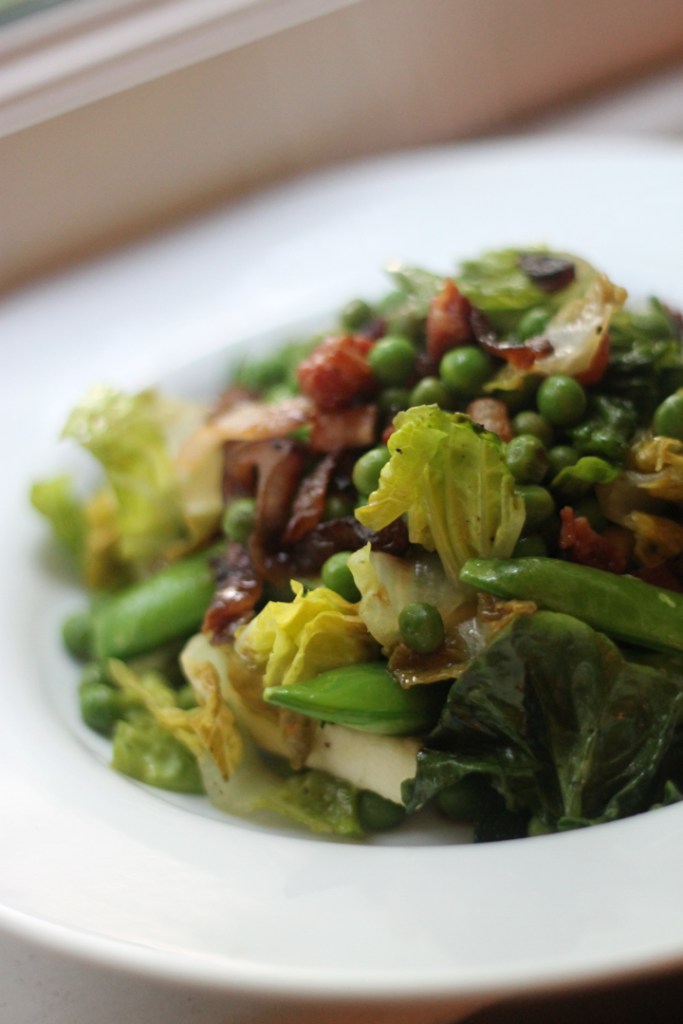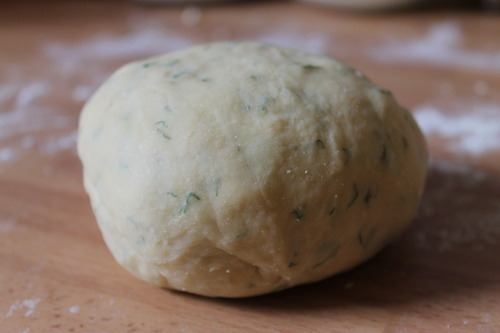S
easonal eating for me is the sign of a cook that knows what they’re doing in the kitchen. Knowing what ingredients are in season and optimising their chance in the spotlight to get the best from them. We’re spoilt for choice in the UK. Asparagus when we want it, shipped from Peru. Avocados with so much pressure and expectation on their ripeness the moment we need them. No wonder sometimes they arrived a little bruised…they’re living up to millennial perfection!That said, an evening in armed with hunger, but sadly not creativity, was the perfect Spring opportunity to cook seasonally. I try and only buy English asparagus but that doesn’t give me much chance to eat it. Not only does it taste delicious in season but it really is the best from our UK growers. Given its got such a small seasonal window (May!) I took the chance.


Note: You can either boil the potatoes OR roast them. You can also either steam the asparagus or pan fry. All cooking techniques are optional!
Serves 2
- 2 seabass/seabream fillets
- 1 large bunch asparagus
- 1 bowl/bag mixed salad leaves to include watercress, rocket, spinach
- Jersey royals – enough for 2 depending on hunger
- 1 lemon
- 1 tbsp capers, drained
- Knob of butter
- Boil the Jersey Royals in simmering water until just cooked but not soft. They should have a little bite to them. You can either have these boiled, buttered and seasoned when they’re hot OR roast them. I roasted mine with a splash of oil, salt and pepper at 200 for about 25 minutes or until golden and crisp. Keep an eye on them.
- Snap the end off the asparagus spears. They should have a natural break point when you snap them which is where you discard the end. You can by all means also eat the ends! just chop them up smaller. Pan fry them with a tiny drop of oil and some seasoning. You do not want to fry for too long, just until softening but still with bite.
- Add the wilted spears to the salad leaves and toss. Add a good squeeze of lemon juice and some seasoning and toss again. Set aside.
- Heat a frying pan to a high heat and add a splash of oil. Score the fish fillets on the skin side and season. Fry for 3 minutes, skin side down until crisp and the flesh beginning to turn operate. Flip onto the other side for the final 30 seconds or so until cooked.
- At the very last minute add the capers and let them fry in the oil around the fish. Remove the pan from he heat and add a knob of butter. Toss the fish in the browning butter and capers.
- Serve immediately with the salad and the potatoes with a wedge of lemon.
This would also be amazing with a beautiful home-made mayonnaise or tartare sauce.



















 2. Once it has all be added (its may need a splash of water or wine to add a bit more moisture) knead into a ball. Add the chopped dill and then knead with the heal of your hand for a good 15-20 minutes until the dough is really smooth and it feels elastic.
2. Once it has all be added (its may need a splash of water or wine to add a bit more moisture) knead into a ball. Add the chopped dill and then knead with the heal of your hand for a good 15-20 minutes until the dough is really smooth and it feels elastic.







